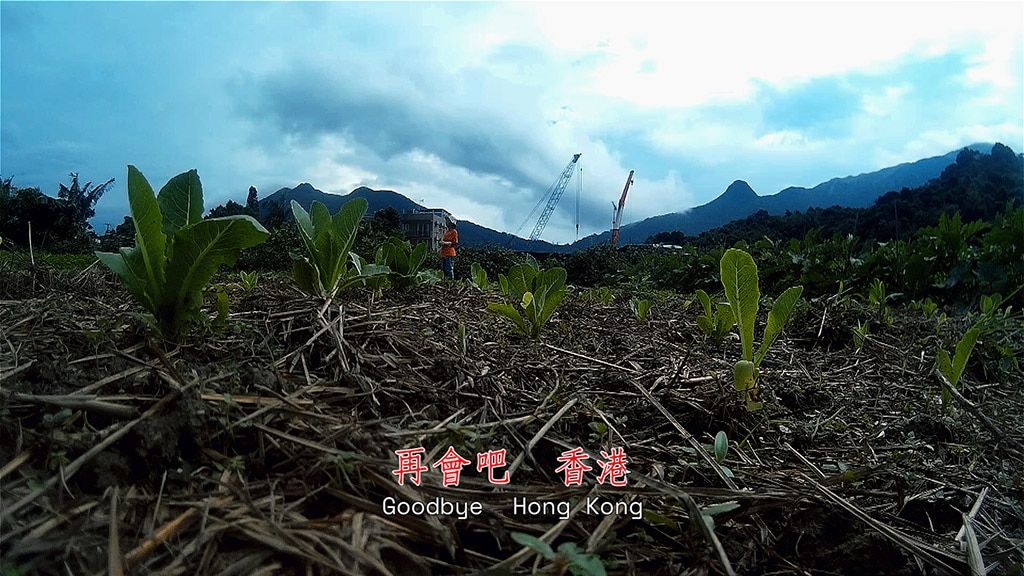Near the northern part of the waterfront in the Central district of Hong Kong is a 2-lane vehicular tunnel. It is not very long. It takes probably three seconds for a car traveling at the speed of 80km to pass through it. The eastern end of the tunnel was the Central Government Complex of the government of Hong Kong. It was also the main site of the 2014 Umbrella Movement, a fight for universal suffrage. For 70 plus days, main roads were occupied by thousands of protesters, who camped out on the streets, organized mobile classrooms and “Open Mic” events, built supply stations, and participated in citizen art projects. During all this time, no traffic could go through the tunnel. On a quiet morning, artist Samson Cheung took a walk in the tunnel. Suddenly, it occurred to him he could have a sense of place by listening. “I grabbed anything tiny I saw - gravel, and threw it again and again to the sides and the ground of the tunnel. The sound echoed along, carried all over the tunnel and died away.” He listened to the emptiness of the tunnel by following how the sound drifted. This relatively safe situation for artists to connect with mass street protests was not the case in 2019. The main slogan for the protests was to Be Water – that is, to move around like water, rather than to occupy a single site. As protestors moved, law-enforcement also moved, with increasing speed and implements. For months, life in the city was touched by the movement, and in places of intense protest, overwhelmed by it. I wondered how artists too, moved their bodies, eyes, ears, attention, perception, and ambition in and as water, in and out of the movement.













